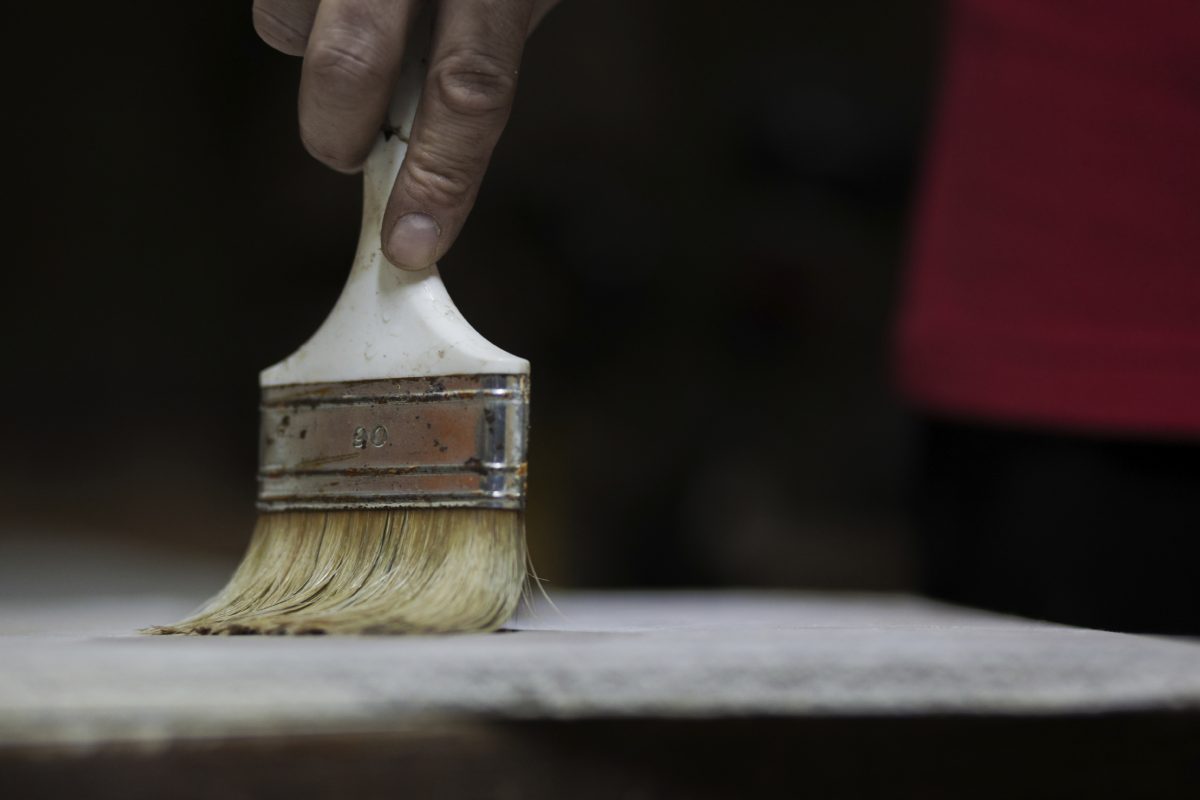

CIRCLE Director, Dr. Catherine Metayer, and her colleague, Dr. Ghislaine Scélo, demonstrated that exposure to household paint and petroleum solvents was associated with an increased risk for childhood leukemia.
Childhood Leukemia and Paint
Dr. Scelo and Dr. Metayer evaluated the role of exposure to household paint and petroleum solvents in the California Childhood Leukemia Study. Paint is a general term for a number of different products, and its potential toxicity depends on the pigments, resins, and solvents used to make it. Likewise, petroleum solvents encompass a wide variety of products derived from crude oil, including paint thinner, spot remover, gasoline, kerosene, and lubricating oil. The investigators found that acute lymphoblastic leukemia risk was associated with paint exposure and that a higher risk was observed when paint was used after birth, by a person other than the mother, or frequently. The association was observed for specific molecular subtypes of leukemia. There was also an association between petroleum solvent use and acute lymphoblastic leukemia diagnosed between 2.0- to 5.9-years. Moreover, there was an increased risk for acute myeloid leukemia associated with petroleum solvent use. The full article is available here.


Associations between household paint and childhood acute lymphoblastic leukemia in the Childhood Leukemia International Consortium
Paint in the Childhood Leukemia International Consortium
The findings above were confirmed in a pooled analysis conducted by the Childhood Leukemia International Consortium. Professional home painting before birth, during pregnancy, or after birth were all associated with higher risk of childhood acute lymphoblastic leukemia, especially if the paint was oil-based as opposed to water-based. Painting risks were higher for specific molecular subtypes of childhood leukemia. Painting at home after birth was also associated with acute myeloid leukemia. The full article is available here.



